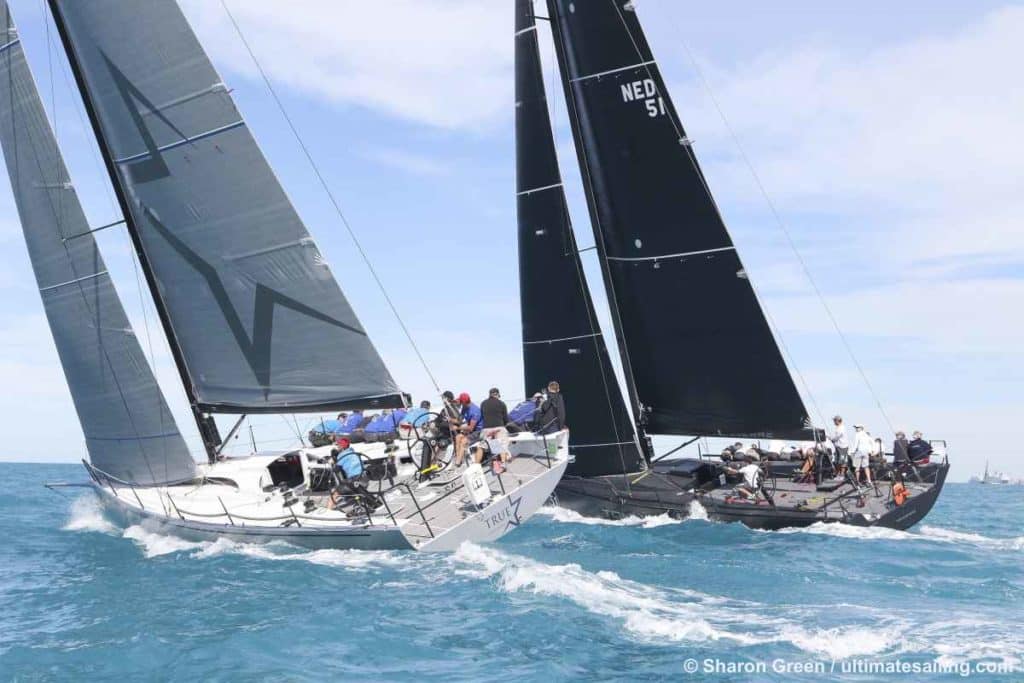
Aside from the Fort Lauderdale to Palm Beach Race, my last regatta was the Melges 20 worlds in early October 2015. That’s a long time to be off the racecourse, especially for me, so when I started thinking about and making plans for the upcoming Quantum Key West Race Week with Bella Mente Racing my palms instantly started sweating. My thoughts turned to what we’ve done to prepare and what I’ve been working on to be ready for the start of the 2016 season.
Success at anything requires planning, preparation, and occasionally a little luck. For a lot of us, the last time we raced was the summer or fall, so setting a winning formula and strategy starts when we arrive at any winter regatta or championship.
Start with efficient practicing: Most teams serious to win will show up to sail on Friday and at the latest Saturday. The key here is to practice with purpose on the days that you have to prepare. The beauty of this event is the five days of racing. The team needs to be firing on all cylinders by Thursday of the event. The last two days are where you win so approaching the first day of training as if you were racing sets the tone. Well planned, methodical, and yet simple practice sets the tone for race Day 1. A balance of boatspeed, boat handling, and race training (starts and mark roundings) accelerates the curve.
Get your race information: Sailing instructions and NORs are now available now. You can download, print, laminate and be ready from the get go. Organizing your weather information and current information for the racecourse should also be happening. Showing up on Day 1 of training with the chart of your course onboard and ready allows you to be ready from the moment you are in the first line up. This homework accelerates the team and straight away you can be gathering information.
Lock in your tuning partner: Any major one-design class will be chock-a-block full of tuning partners. Phone a friend and set the schedule ahead of time with when and where to meet. Don’t be shy to continue this into the event, going as far as debriefing both boats at the end of each day’s racing. Nothing is better than a mudslide at the Tiki hut and some bar karate to learn the finer points of lessons learned on the day. Within this it’s great to coordinate enough time each morning to do a 5- to 8-minute line up, a 3-minute split, and finish off the warm up lap with downwind work. Remember, if you have been off for a while, getting to the racecourse early with a good warm up will be worth its weight in gold.









